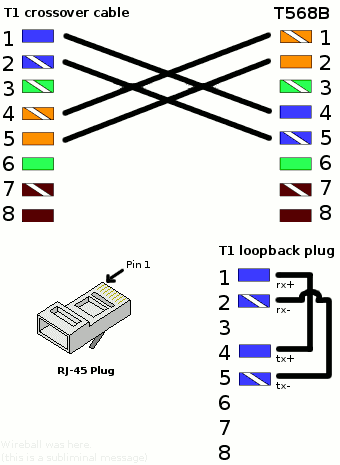PRI
Headline text
Multi Port/Card PRI Configuration
When configuring Mutliple PRI Cards or one card with Multiple ports, its important to know the following.
- D Channel is Always 24
- Multiple Port cards increment the start and end channel. So you'd make a channel group for 1-23, then a channel group for 25-47, and so on.
- Channel numbering starts over when you have a second card. So you'd start over with a channel group for 1-23 for the second card.
- Timing increments as you go along on the same card. Span 1 would be timing 1, span 2 would be timing 2, etc.
Troubleshooting a PRI
- Always be sure to check that the settings for the card match what the provider wants. (Switch type is a big one).
- If you see HDLC Abort of Primary D-Chan, you most likely have a timing slip on the PRI. Replacing the cat-5 the provider usually uses with T1 individually shielded pair wiring often times helps with this, as well as potential echo on the lines.
- Ipitomy PRI/T1 cards always expect a crossover shielded T1 cable. The below diagram shows wiring pin outs to use.
Note: It is often the case that the use of Standard Cat 5 Cabling becomes an issue. Standard Cat5 is sufficient for TCPIP networking. But the Specification for T1 Data networks is far different from TCPIP Data networks. The following Link is very descriptive and shows the original ATT specification. ALWAYS use a Individually shielded T1 Crossover Cable to connect from the demarq to the Ipitomy Card. http://www.quabbin.com/page2027.html
Echo
If you are experiencing echo on your PRI lines, here are a few things you can try modifying:
- LBO - By default LBO is set to 0. We have found its a good idea to try -7.5. If this does not work, contact the provider and see if they can tell you how far the dmark is and what to set the LBO to. If none of the settings work, set it back to 0.
- Cabling - Most of the time the provider will install the PRI with cat5 cabling. While this can work, we have found that installing T-1 Cabling (individually shielded pairs) has in the past alleviated echo issues. The reason why is that cat-5 is not really rated to push the voltage needed for a PRI, and without the pairs being shielded themselves, bleed over is possible. You can overcome the shielding issues by running it as two CAT-5 cables.
- Echo Cancel Algorithm - Changing this from MG2 to OSLEC has helped eliminate echo in certain installs.
- Echo Training - Increasing this from the default 800 to 1200 has eliminated echo on installs in the past.
Caller ID
If you have no or partial caller id - change answer after to two seconds. To do this navigate to the Channel Group settings and in the field titled "Answer After" set this to two seconds (or more, but 2 is a good start).
If you have no Caller ID, make sure in the Channel Group parameters, you have Use CID set to yes, and also in the Inbound Caller ID field set this value to asreceived .
NOTE: On reconfiguring a PRI
Should you find it neccesary to reconfigure a PRI that has been in use, it is required before you reconfigure and remove the existing channel groups, that you remove these groups from Outbound Routing. Making sure to save and apply. At that point you should be able to remove the existing channel groups and reconfigure the new ones. The system will not allow you to remove channel groups which are listed as outbound routes.
